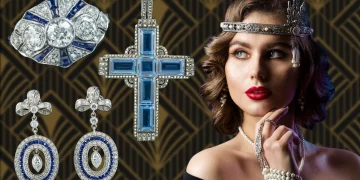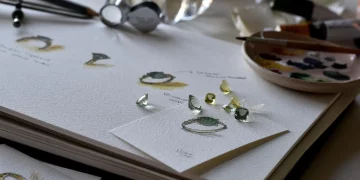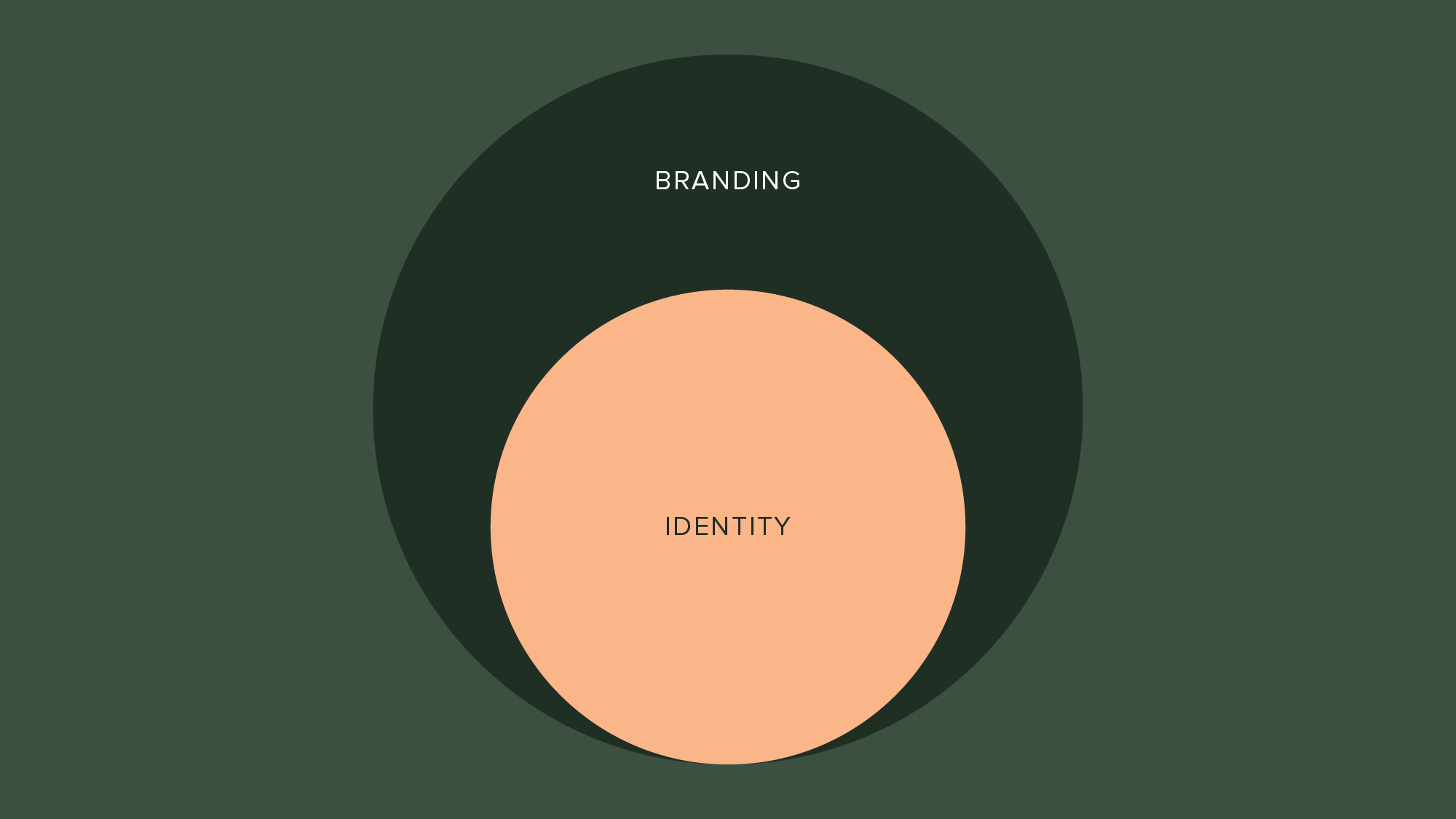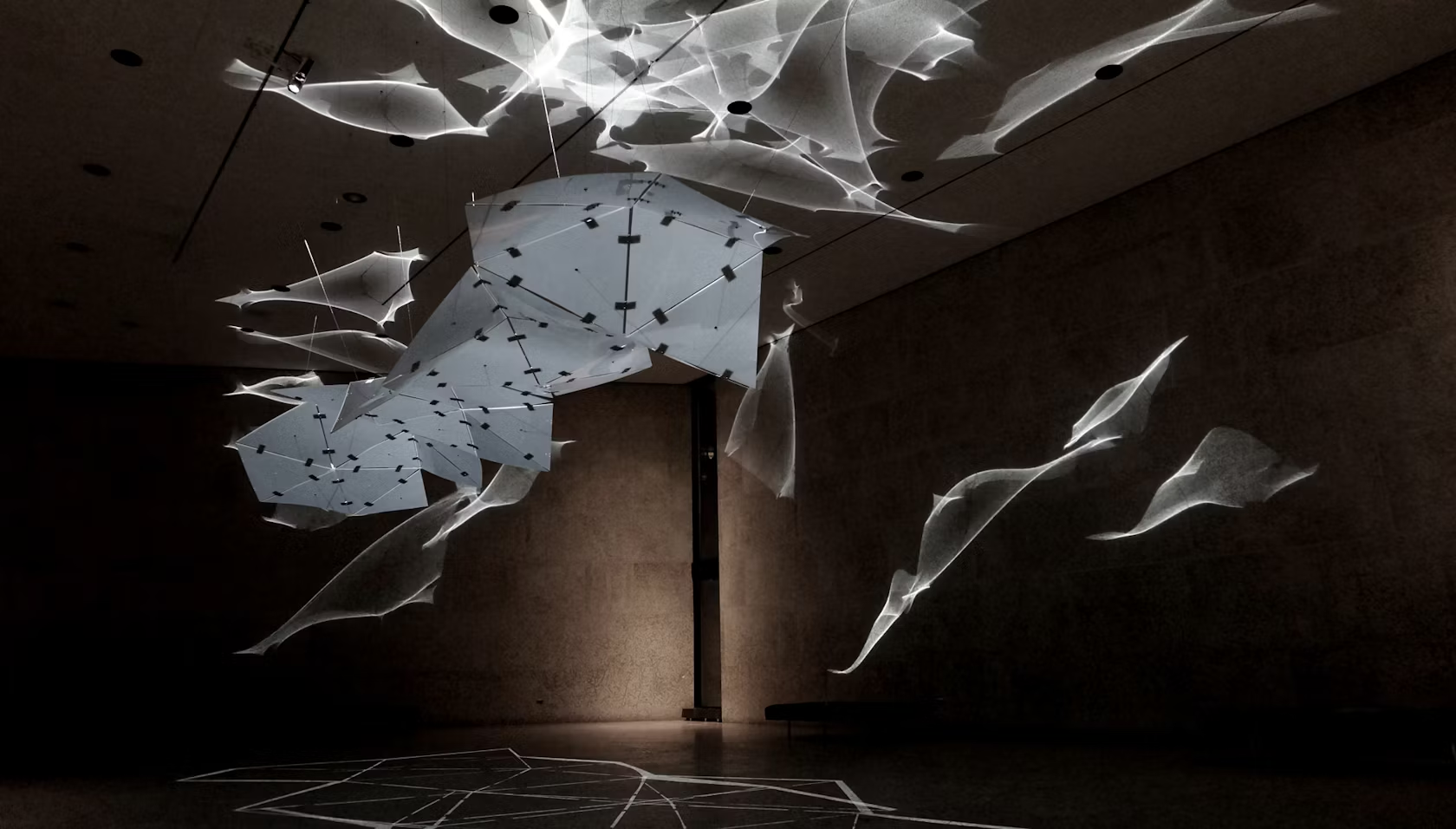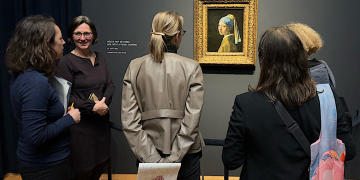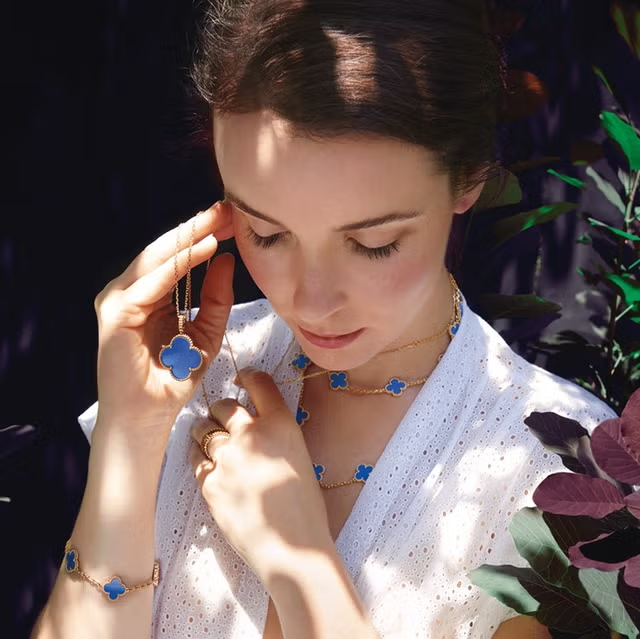Introduction
In the realm of haute joaillerie, jewelry transcends mere adornment to become a medium for storytelling, cultural reflection, and philosophical inquiry. Renowned jewelry designers distinguish themselves not only through technical mastery but also by embedding their artistic visions into tangible forms. This article explores the methodologies employed by celebrated designers to articulate their unique artistic concepts, drawing on case studies, design philosophies, and interdisciplinary influences.
1. Material Innovation as a Language of Expression
The choice of materials often serves as the foundation for a designer’s narrative. For instance, German jeweler Peter Nebengaus combines porcelain with precious metals to challenge traditional notions of luxury, creating pieces that juxtapose fragility and permanence . Similarly, contemporary designers experiment with unconventional materials like titanium, resin, or recycled elements to critique consumerism or advocate sustainability.
- Case Study: The use of ethically sourced gemstones by designers like Chopard in their “Green Carpet Collection” reflects a commitment to environmental responsibility, transforming raw materials into symbols of ethical consciousness .
- Technical Mastery: Advanced techniques such as 3D printing or micro-pavé settings enable designers like Wallace Chan to manipulate materials in unprecedented ways, merging technology with artistry to realize complex visions.
2. Symbolism and Narrative Construction
Jewelry often encapsulates personal or collective stories. British designer Shaun Leane’s collaboration with Alexander McQueen on the Coiled Corset necklace reinterpreted Victorian motifs to explore themes of束缚 and liberation, using serpentine forms to symbolize transformation .
- Cultural Narratives: Indian designer Bhagat incorporates Mughal architectural patterns into his pieces, using intricate filigree to evoke historical grandeur while addressing postcolonial identity .
- Personal Mythology: Suzanne Syz’s playful designs, such as a diamond-encrusted aspirin pendant, inject humor into high jewelry, critiquing societal pressures through irony.
3. Cultural Hybridity and Identity
Globalization has spurred designers to blend diverse cultural elements. Cartier’s Tutti Frutti collection merges Indian gem-cutting traditions with Art Deco geometry, creating a visual dialogue between East and West. Meanwhile, Nigerian designer Nifemi Marcus uses Yoruba symbols in minimalist designs to assert African heritage within contemporary aesthetics.
- Case Study: Bulgari’s Serpenti collection draws on Roman mythology and Mediterranean craftsmanship, repurposing ancient iconography for modern luxury markets .
- Cross-Cultural Dialogues: Japanese designer Ikumi Nakamoto fuses Shinto symbolism with Scandinavian minimalism, producing works that resonate with universal themes of balance and impermanence.

4. Conceptual Jewelry: Beyond Ornamentation
Avant-garde designers like Gijs Bakker and Naomi Filmer redefine jewelry’s purpose by prioritizing conceptual depth over wearability. Bakker’s Collar for a Necklace (1973) critiques materialism by replacing gemstones with a mirrored surface, forcing the wearer to confront their own image.
- Philosophical Exploration: Designer Ted Noten places firearms inside acrylic handbags, using jewelry as a provocative commentary on security and fear in modern society.
- Interactive Design: Pieces like Studio Renn’s kinetic rings incorporate movement, inviting wearers to engage physically and emotionally with the artwork.
5. Sustainability as an Artistic Statement
The rise of eco-conscious design has transformed sustainability into a core artistic principle. Designer Pippa Small collaborates with indigenous artisans to create ethically crafted pieces, preserving traditional techniques while addressing fair trade.
- Recycled Materials: Brands like Melissa Joy Manning repurpose industrial waste into statement necklaces, framing environmental activism as aesthetic innovation.
- Circular Design: Initiatives such as Boucheron’s “re-love” program encourage clients to redesign heirloom pieces, embedding sustainability into the lifecycle of jewelry .
6. Collaborative Creation and Interdisciplinary Influence
Partnerships with artists from other fields amplify a designer’s vision. For example, jeweler JAR (Joel Arthur Rosenthal) collaborates with botanists to replicate floral structures in gems, blurring the lines between jewelry and sculpture.
- Architectural Inspirations: Zaha Hadid’s parametric designs influenced Dilara Findikoglu’s fluid metalwork, demonstrating how architectural principles can translate into wearable art.
- Technology Integration: Iris van Herpen’s 3D-printed cuffs, developed with scientists, exemplify how cutting-edge technology expands the boundaries of material expression.
Conclusion
The artistry of jewelry lies in its capacity to embody multifaceted concepts—whether cultural, ethical, or existential. By leveraging materials, narratives, and interdisciplinary synergies, designers transform precious objects into vessels of meaning. As the industry evolves, the fusion of tradition and innovation will continue to redefine how artistic visions are materialized, ensuring that jewelry remains a dynamic medium for human expression.



